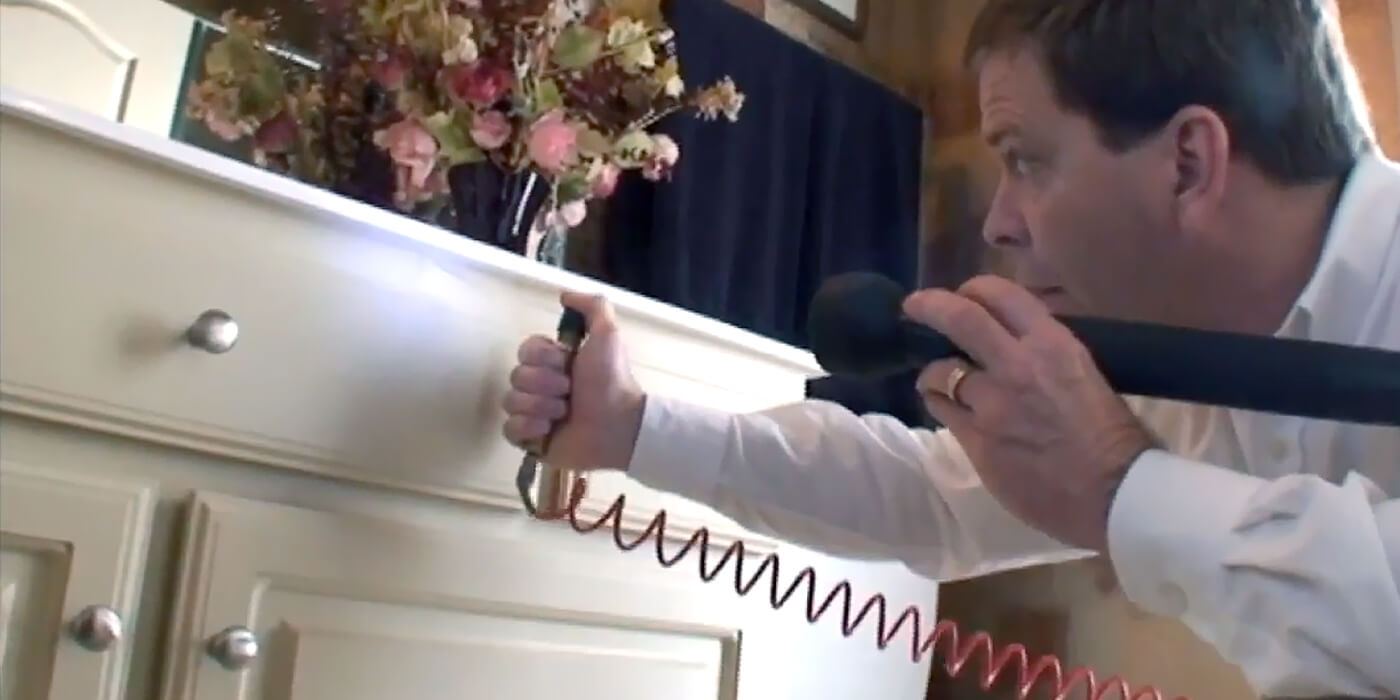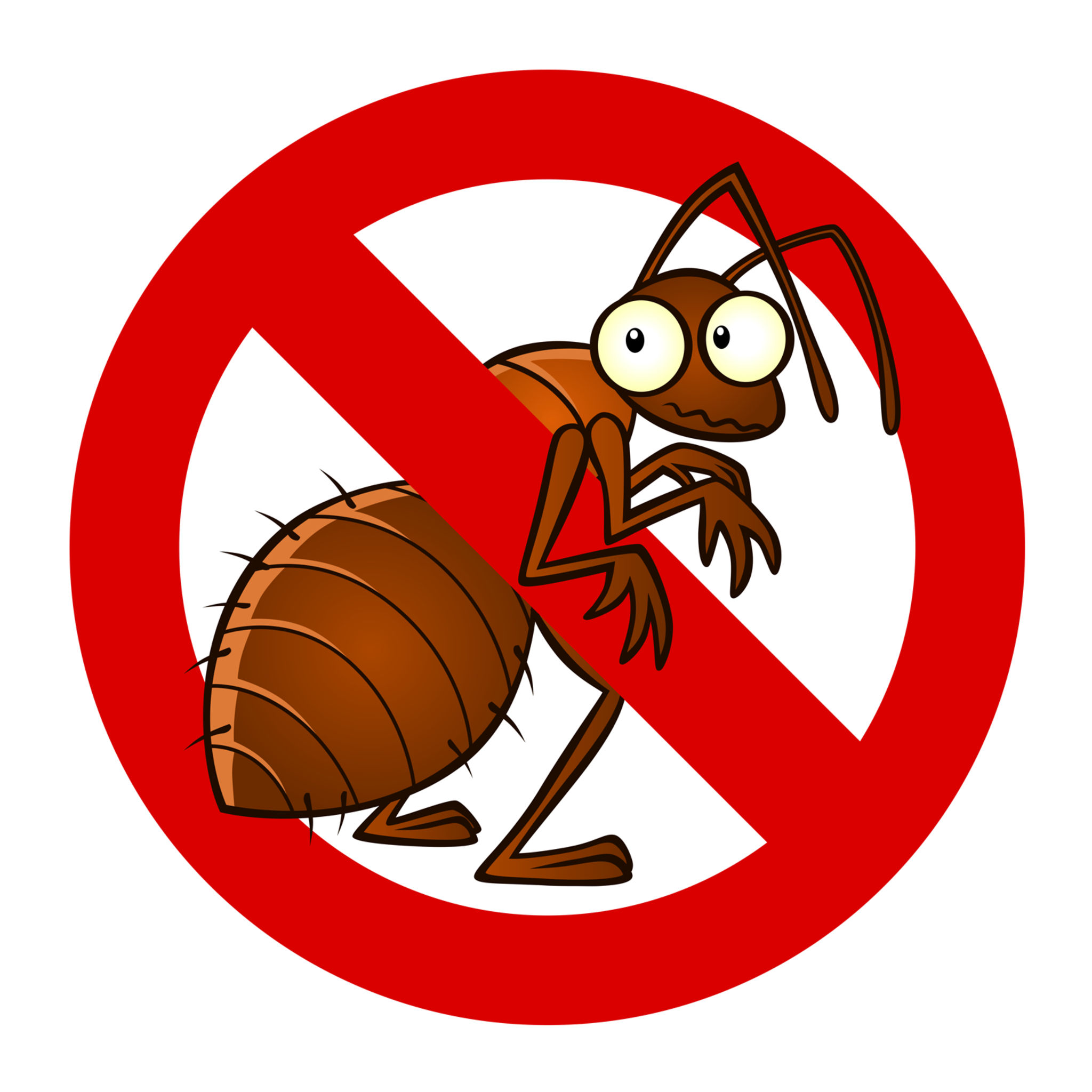A1 Bed Bugs Exterminator Portland - Fast and Specialist Service
Wiki Article
Effective Pest Control Providers: A Thorough Appearance at Extermination Techniques and Prevention Actions
In the world of bug control solutions, the effective administration of infestations requires a careful technique that combines various methods and procedures for both elimination and avoidance. From Integrated Bug Administration (IPM) approaches that prioritize sustainable remedies to chemical extermination strategies made for targeted removal, the toolbox versus parasites is huge and diverse.
Integrated Bug Monitoring (IPM) Techniques
Integrated Bug Administration (IPM) Strategies encompass a comprehensive approach to pest control that focuses on monitoring, avoidance, and control techniques to effectively take care of pest populations. By incorporating various methods, IPM aims to minimize the impact of pests while also minimizing the dependence on chemical pesticides. Prevention exists at the core of IPM, emphasizing methods like proper sanitation, maintenance of hygiene, and sealing access factors to hinder insects from infesting structures.Chemical Extermination Strategies
Chemical extermination methods are typically used in bug control solutions to successfully eliminate insect populaces that position a threat to human health and home. These techniques involve using numerous chemical compounds especially developed to target and get rid of bugs such as bugs, rodents, and various other undesirable creatures. The application of pesticides, pesticides, rodenticides, and various other chemical agents is meticulously controlled to ensure optimum performance while reducing dangers to humans, animals, and the atmosphere.One of the essential benefits of chemical extermination strategies is their ability to provide quick and targeted outcomes, making them specifically useful in situations of serious invasions or urgent bug control needs - a1 bed bugs exterminator portland. Nonetheless, it is vital to emphasize the significance of proper handling, application, and disposal of these chemical items to avoid unintended harm
Additionally, incorporated bug administration (IPM) strategies frequently incorporate chemical extermination methods with other approaches such as sanitation, environment alteration, and organic controls to create a sustainable and detailed pest control approach. By including chemical extermination methods judiciously within an IPM structure, pest control solutions can effectively manage parasite populaces while reducing possible risks to human health and wellness and the atmosphere.
Biological Parasite Control Approaches
Employing natural killers and parasites to take care of pest populations is a sustainable technique referred to as biological insect control. This strategy harnesses the all-natural mechanisms of the environment to control parasite populations without relying upon artificial chemicals. One usual biological control technique involves presenting natural adversaries of the target bug types, such as ladybugs for aphid control or nematodes for termite infestations. These all-natural predators prey on the pests, aiding to maintain their populaces in check.One more reliable biological control method is making use of microbial insecticides. These are naturally occurring bacteria, such as fungis, bacteria, and infections, that particularly target and contaminate particular bug species. By making use of these microbial representatives, parasite populations can be successfully reduced without causing or harming valuable organisms damage to the atmosphere.
Physical Bug Prevention Steps
Executing physical insect avoidance measures involves utilizing obstacles and architectural modifications to hinder bugs from infesting a residential property or entering (a1 portland a1 pest control portland bed bugs bed bug exterminator). One reliable technique is securing all potential access points such as voids around doors, home windows, and utility infiltrations. Setting up door moves, displays on windows, and securing fractures in the structure can assist prevent bugs like bugs and rats from accessing inside your home. In addition, keeping a clutter-free and tidy environment is essential as parasites are drawn in to food sources and hiding spots. Frequently examining and repairing any kind of broken screens, vents, or roof ceramic tiles can also aid in maintaining pests out.Another physical prevention measure is making use of obstacles like fence to keep larger parasites such as raccoons or deer far from the residential property. Setting up mesh or cable displays around gardens can shield plants from being harmed by insects. Correct waste monitoring, consisting of protecting wastebasket with tight-fitting lids, is crucial in deterring pests like bugs, raccoons, and rats. By carrying out these physical parasite prevention procedures, homeowner can considerably minimize the risk of bug invasions and the damage they can trigger.
Specialist Parasite Assessment Procedures
Carrying out systematic and thorough parasite inspections is a basic element of expert insect management procedures. Specialist insect inspectors are trained to diligently examine residential or commercial properties for signs of invasions, determining pest varieties, access points, and helpful problems. The evaluation procedure commonly starts with a thorough analysis of both the exterior and interior of the facilities. This includes monitoring for bug droppings, munch marks, nests, and any type of architectural damage that might show pest task. In addition, assessors might utilize specialized devices such as wetness meters and borescopes to identify concealed problems within walls or crawl spaces.
Final Thought
To conclude, reliable insect control solutions use a range of methods, including Integrated Parasite Management approaches, chemical extermination techniques, organic controls, and physical avoidance procedures. Expert parasite examination treatments play a crucial duty in identifying and addressing pest issues in a timely fashion. By applying a combination of these methods, building proprietors can efficiently prevent and manage parasite infestations.From Integrated Insect Management (IPM) strategies that focus on sustainable services to chemical extermination strategies made for targeted removal, the toolbox versus insects is huge and diverse.Integrated Bug Management (IPM) Approaches encompass a detailed strategy to pest control that focuses on surveillance, avoidance, and control approaches to efficiently handle insect populations.Chemical elimination techniques are typically employed in parasite control solutions to properly remove pest populaces that posture a risk to human health and wellness and residential or commercial property.Employing all-natural predators and bloodsuckers to handle insect populaces is a sustainable approach understood as biological insect control.In final thought, efficient bug control services employ a variety of methods, consisting of Integrated Insect Management methods, chemical elimination approaches, organic controls, and physical prevention procedures.
Report this wiki page